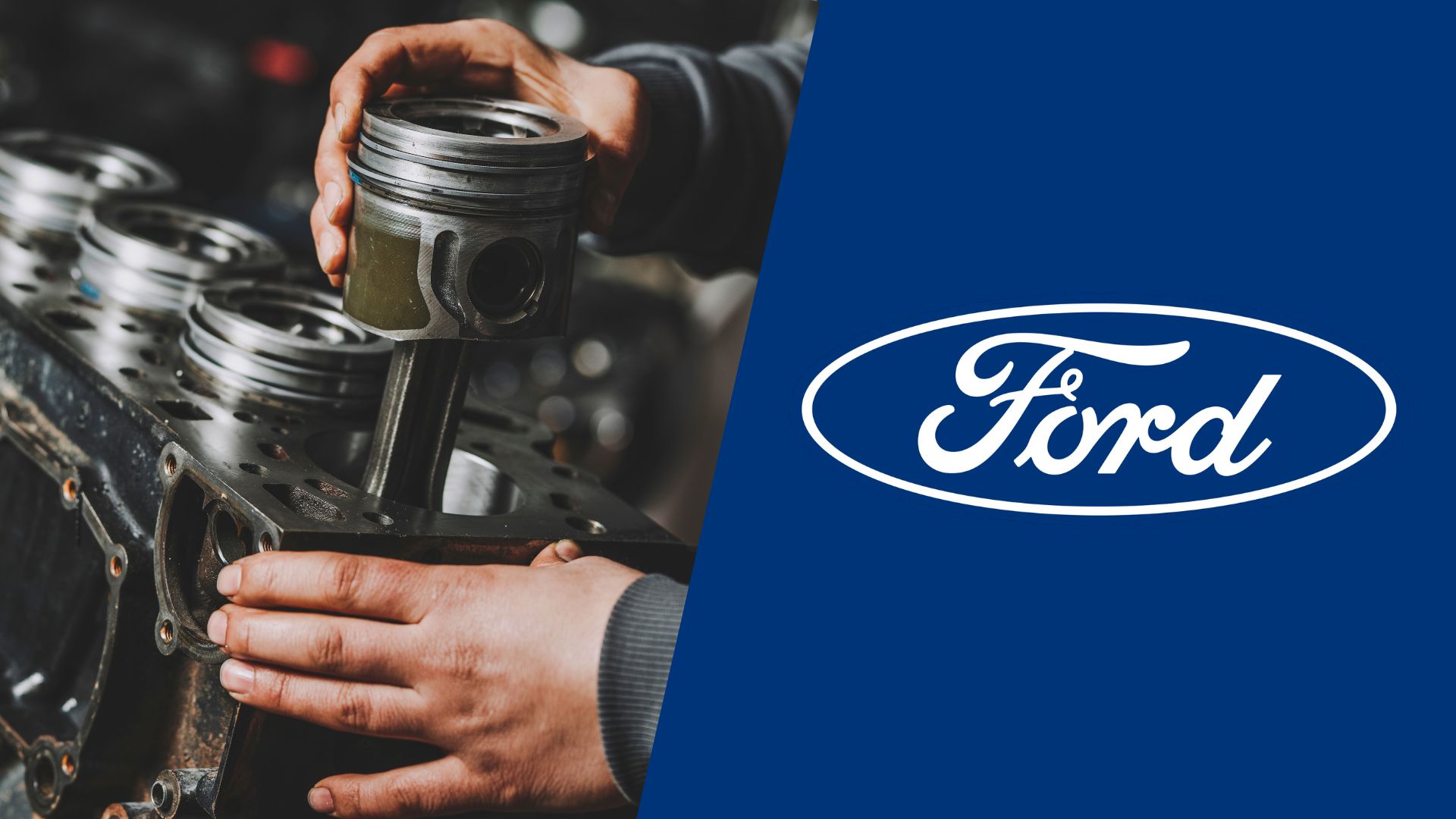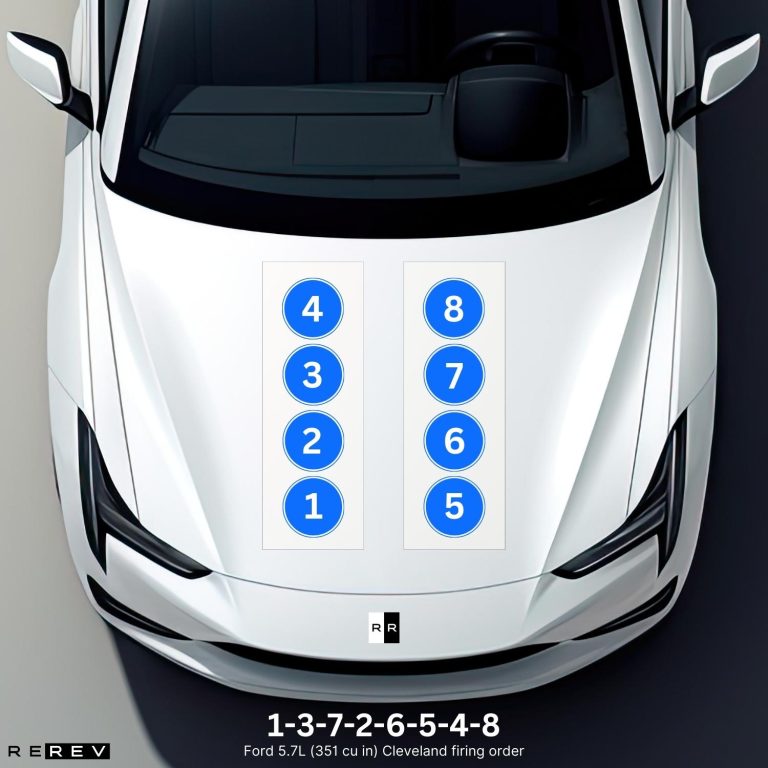Ford 5.7L (351 cu in) Cleveland firing order — diagram & guide
Delve into the legacy and intricacies of the Ford 5.7L Cleveland firing order.

Back in the day, Ford’s 351 engine was one of the most durable and popular options for a highly capable powertrain. However, what most drivers don’t know is that this engine came in quite a few variations and the 351 Windsor isn’t the only one.
So, there’s a lot of debate on the Ford 5.7L (351 cu in) Cleveland firing order and our team wanted to help you out if this is the case with you as well. This guide will serve as your go-to option for figuring out the differences between the “Cleveland” and the “Windsor” engines, as well as the firing sequence and cylinder order.
Ford 5.7L Cleveland firing order
To give you an answer right off the bat, the Ford 5.7L Cleveland firing order is 1-3-7-2-6-5-4-8 and it’s the same firing order as that of a regular Windsor engine.
The only difference is that the Cleveland version came with a more innovative design including a different cylinder head and exhaust valves. The intake was also different from that of a 351W engine, which is why Cleveland earned its status as a more “modern” and higher-performing option.
Everything else is pretty much the same, which is why the Cleveland engine uses the same firing sequence as the previous Windsor 351.
Ford 351 “Boss” firing order
Developed as a high-output version of the Cleveland V8 available solely for the iconic 1970 Ford Mustang Boss, this engine was considered to be different than the original 351.
However, the power-related differences mostly included performance parts added such as forged pistons, all-aluminum intake manifold and valve covers, as well as cast-iron crankshaft. To optimize the air intake and flow into the engine, this powertrain used a different cylinder head which is why most drivers look at it as a different engine.
Still, the Ford 351 Boss firing order is 1-3-7-2-6-5-4-8 which is exactly the same as the “regular” Cleveland. After all, the same base engine block was used, so the firing sequence didn’t change.
Ford 5.7L Cleveland cylinder diagram

Knowing about the exact firing order of the engine is one thing, but to prevent any chance of misfires or other issues, you’ll also need to know about the cylinder order.
Luckily, Ford’s overall V8 engine design didn’t change much during these years, so the cylinder arrangement remained the same as in its predecessors.
You’ll find two cylinder banks containing four cylinders per bank. Looking from the radiator, you’ll find cylinders 1 to 4 on the passenger’s side and cylinders 5 to 8 on the driver’s side.
The first cylinder is therefore the closest to the radiator on the passenger’s side.
Ford 5.7L vehicle applications
The 5.7-liter V8 stuck in Ford vehicles from 1970 all the way to the 80s, and there are several versions of it with different vehicle applications. For the sake of this guide, we’ll now list all the models that used the 351 Cleveland engine at that time:
- Ford Mustang
- Ford Torino
- Ford Country Squire
- Ford Fairlane
Other cars also used this engine including the Mercury Montego and Cougar. When it comes to the 351 Boss version, this engine was only available in the 1970′ Mustang GT.
Our take
Overall, the story of Ford’s 5.7-liter V8 is one filled with different views regarding which version of it was better, and the same goes for the firing order. So, we hope that our guide will settle the differences once and for all and help you understand the 351 Cleveland engine’s firing sequence better.
After all, these are all just different versions of the same base V8, so now you can use the information from this guide to properly maintain yours and enjoy its tradition.